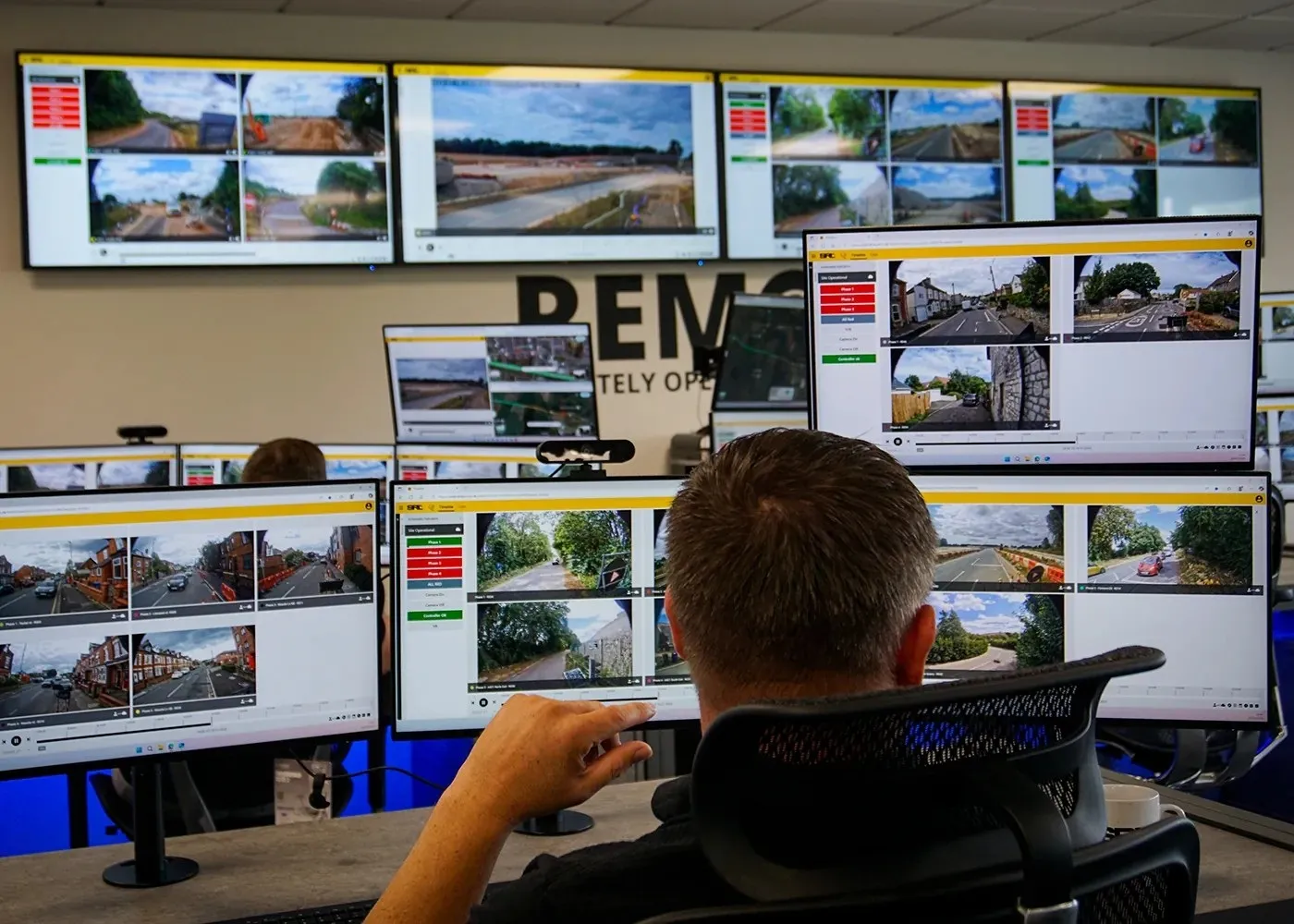The Florida Department of Transportation (FDOT) Traffic Engineering Research Laboratory (TERL) has approved Image Sensing Systems’ RTMS Sx-300 radar detector to its specification 660.
December 16, 2015
Read time: 1 min
The Florida Department of Transportation (FDOT) Traffic Engineering Research Laboratory (TERL) has approved
The small pole-mounted radar-based RTMS Sx-300 operates in the microwave band to detect and measure traffic. It simultaneously provides per-lane presence, volume, occupancy, speed and classification information in up to 12 user-defined detection zones.








